Building a simple class AB audio amplifier to drive a 16 ohm, 5 watt speaker from my phone streaming music. I have found many circuits on line, and am just building a simple version. The circuit is as below

simulate this circuit – Schematic created using CircuitLab
I am getting alot of distortion from this circuit, and alot of times the audio cuts out completely. I figured it was either because the power supply was too small, the connections were crummy, the speaker was too big (doubtful, but really wasn't sure what the problem could be) or the transistors are not biased correctly. I tried some different power supplies and got the same results, so I don't think that is the problem. I tried a different speaker and got the same results, so I don't think that is the problem either. I soldered everything on a perfboard, and crimped or screw terminaled external connections - same result. I am down to a biasing problem, but I am not sure how to obtain the proper bias. Most of the circuits I found were very similar to this. One big difference is alot of circuits use TIP31/32 transistors or something like that for the output stage. Could the problem be in these BD135/36 transistors I am using? I scavenged them from a tv control board or something and didn't have any TIPs, but I thought this should work. Transistors test fine. I took a bunch of measurements I could post if those would be helpful. I did notice that at one point the NPN transistor in the push-pull stage was very warm while the PNP was cold with no input signal, which also led me down the path of improper biasing. However, I have not been able to repeat that phenomenon, which I also found weird. Right now, all three transistors are running pretty cool, which I think is a result of the transistors not conducting properly due to improper biasing.
